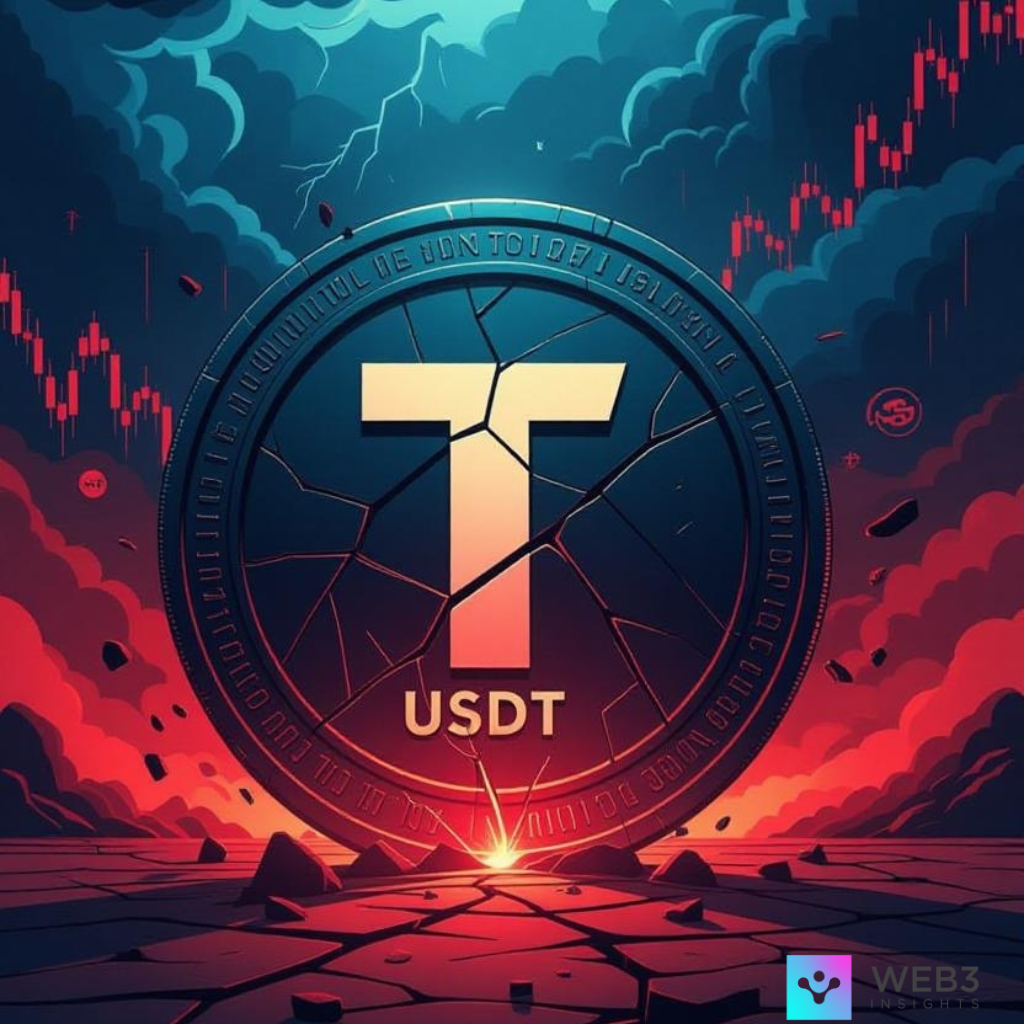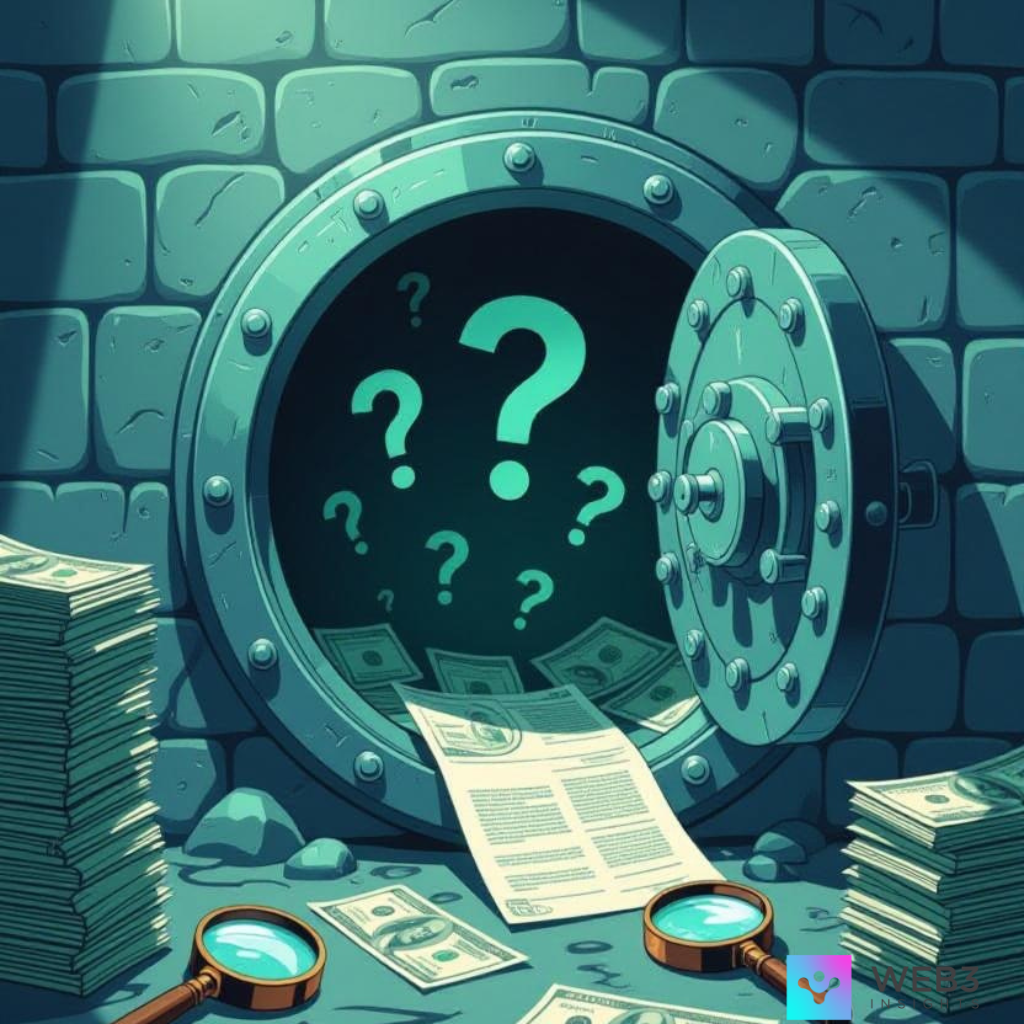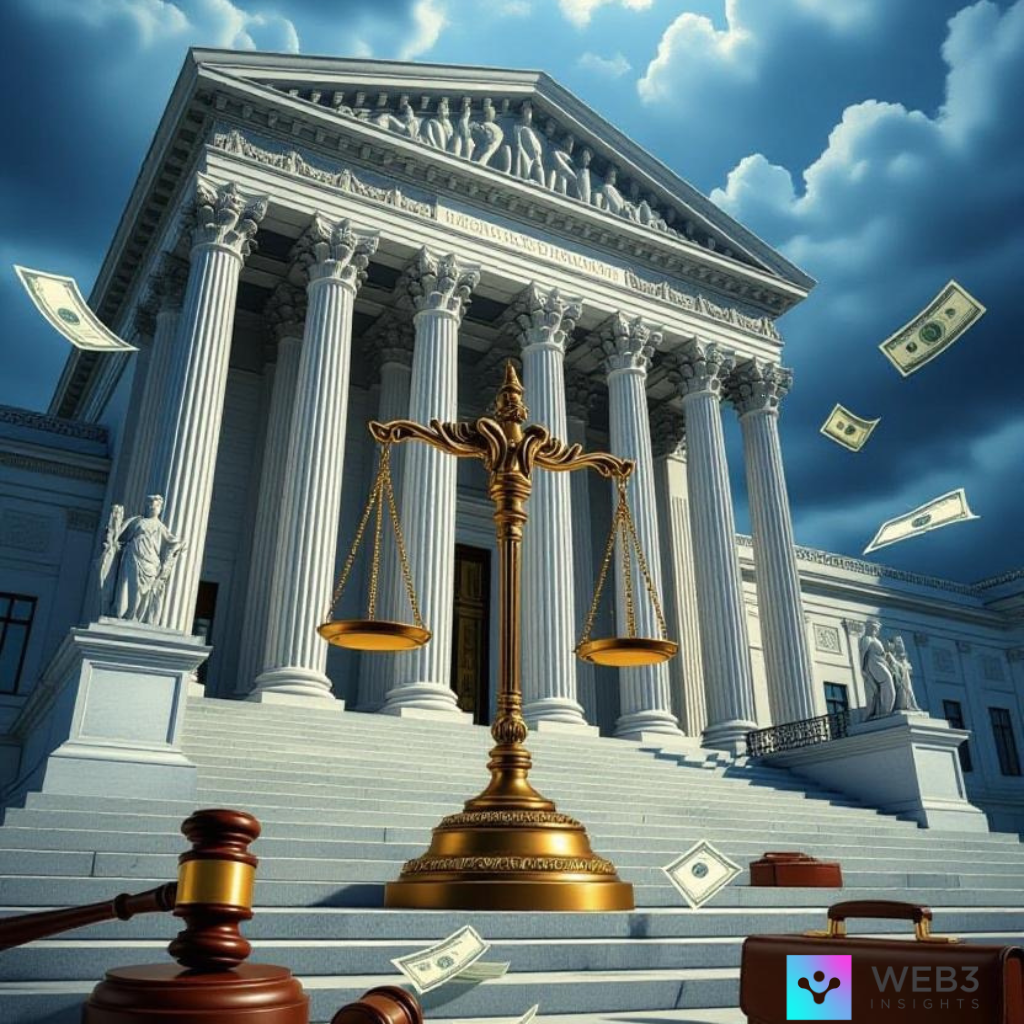
When you hear the name Tether (USDT), you probably think of stability, liquidity, and the backbone of crypto trading pairs. But if you’ve been in the crypto space long enough, you also know that Tether isn’t just about smooth transfers and dollar pegs. It’s one of the most talked-about, debated, and questioned stablecoins in the industry. While Tether continues to dominate, it has carried with it a cloud of skepticism, lawsuits, and intense regulatory scrutiny.
In this blog post, I want to unpack the biggest controversies that have followed Tether USDT through its journey. These aren’t just small bumps in the road; they’re the kind of stories that have defined Tether’s reputation and kept it in the headlines for years.
1. The Endless Question of Reserves

One of the most infamous controversies around Tether USDT is the question: Is every USDT really backed by a dollar in reserve?
For years, Tether claimed a one-to-one backing. But investigations and court cases revealed a different picture. Instead of pure cash, reserves included commercial paper, secured loans, and other assets that weren’t exactly “cash in the bank.” This sparked waves of doubt and fear in the market. Traders worried that if everyone rushed to redeem USDT at once, Tether might not be able to handle the pressure.
This debate over reserves remains one of Tether’s most defining controversies, with critics arguing that the lack of transparency could pose systemic risks to the broader crypto market.
2. Legal Battles and Settlements

Tether hasn’t been able to escape the courtroom spotlight. In 2021, Tether and its sister exchange, Bitfinex, settled with the New York Attorney General’s office for $18.5 million over allegations that they misled the public about reserves. The settlement didn’t shut Tether down, but it did force the company into stricter reporting and disclosures.
This legal chapter fueled the narrative that Tether might have more skeletons in its closet. And even today, regulators across the globe continue to keep Tether on their radar.
3. Market Manipulation Allegations Around Tether USDT

Another dark shadow over Tether USDT is the allegation that it has been used to manipulate the crypto market, especially Bitcoin. Some studies claimed that during Bitcoin’s 2017 bull run, large amounts of freshly minted USDT were used to pump prices artificially.
While Tether has denied these accusations, the suspicion never fully went away. Many traders and analysts still point to sudden spikes in USDT issuance as a possible influence on crypto market cycles. Whether true or exaggerated, the controversy has cemented Tether as a lightning rod for market manipulation debates.
4. Banking Woes and Shaky Partnerships

Tether’s banking relationships have also been a source of drama. Over the years, the stablecoin has hopped between banking partners, sometimes losing access to accounts or facing frozen funds. These issues raised questions about how stable Tether really was if its access to the traditional financial system could be cut off overnight.
For a stablecoin that is supposed to represent trust and reliability, unstable banking arrangements didn’t exactly inspire confidence.
5. The Transparency Problem In Tether USDT

Perhaps the most persistent controversy is the ongoing call for transparency. While Tether now publishes reserve breakdowns, critics argue that the reports fall short of full audits. Without audited financial statements from a major accounting firm, doubts linger.
In a market that thrives on trust, this lack of full transparency has given Tether a reputation for being a “black box.” Supporters argue that Tether has proven itself through sheer survival and widespread use, but critics say survival alone doesn’t erase the unanswered questions.
Wrapping It Up: Why Tether Still Reigns
Here’s the paradox: despite all these controversies, Tether USDT is still the most dominant stablecoin in the world. It powers billions in daily trading volume, supports countless DeFi platforms, and remains the go-to choice for liquidity in crypto markets.
The controversies haven’t destroyed Tether. In fact, they’ve made it more famous (or infamous). Love it or hate it, Tether is here to stay, at least for now. And if history has taught us anything, it’s that the debates around Tether USDT will continue to shape the future of crypto in unexpected ways.








